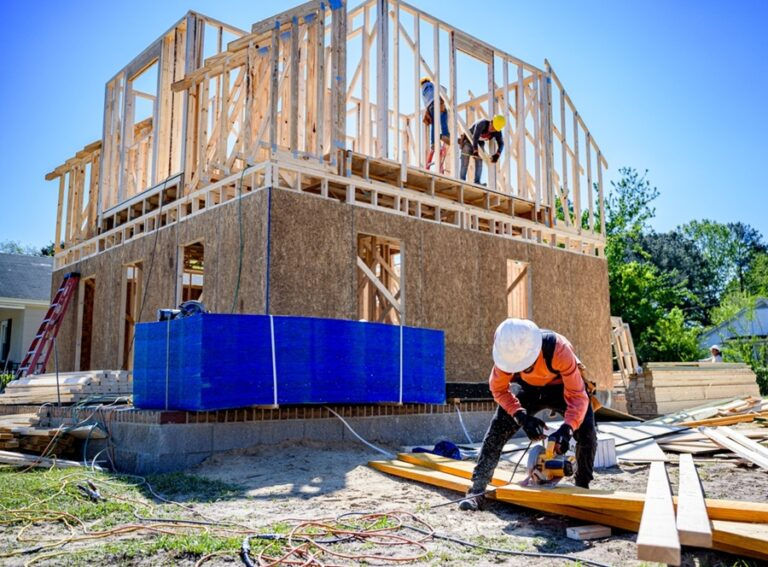Malibu Oceanfront Lots for Sale: Why Post-Fire Demand Is Surging in 2025
- Fourth Wall Production

- Aug 6
- 4 min read

In January 2025, over 57,000 acres of Southern California went up in flames in what became one of the worst wildfire seasons in recent history. Malibu, long known for its ultra-luxury beachfront homes and celebrity estates, wasn't spared. By the time the Palisades and Eaton fires were extinguished, nearly 7,000 structures had burned, 12 people had died, and over 200,000 residents had evacuated.
Now, months later, scorched oceanfront lots in Malibu are back on the market—with price tags as high as $4 million. That might sound insane. But to those in the industry, it’s a familiar story: land in Malibu is rare, and people with money and vision are willing to bet on it, again and again. However, with insurance limitations, rebuilding regulations, and climate threats looming, buyers and agents must be sharper than ever.
What the Post-Fire Malibu Market Looks Like
Take this 6,200-square-foot oceanfront lot on Malibu’s coveted coast. It was listed in March 2025 for $2.99 million. By June, it jumped to $3.44 million, then dropped back down to $2.75 million. No home remains, just a cleared lot with stunning views of the Pacific and the lingering smell of smoke.
Other lots, previously home to luxury estates, are selling in the $3.5M to $4M range, even though they’ll require coastal commission permits, fire-resistant building plans, and sky-high insurance to rebuild.
So why are people still buying?
💰 The Simple Answer: You Can’t Manufacture Oceanfront
As real estate broker Josh Flagg put it, “You can build a house anywhere. You can’t build the ocean.” Despite the destruction, the location is the value. Malibu’s coastline offers privacy, prestige, and proximity to Los Angeles. And for many buyers, it’s a dream worth resurrecting—even from the ashes.
Real estate agents like Tami Pardee say that despite increasing climate risks, Malibu’s identity as a haven for artists, entrepreneurs, and creatives remains intact. Buyers are betting that land this exclusive will always rebound, and they’re often right.
Why it matters: This trend has huge implications not just for Malibu, but for real estate professionals, current homeowners, and buyers everywhere.
------------ Advertisement ------------
🏡 What Real Estate Agents Need to Know
1. Burnout Lots Are a Niche Market—and You Need Expertise
Selling fire-damaged land isn’t like pushing condos in Brentwood. These sales require intimate knowledge of:
Zoning codes.
Coastal Commission requirements.
Rebuilding permits.
Environmental impact reports.
Insurance restrictions.
If you want to break into this high-end niche, get fluent in California's coastal development laws and fire zone rebuild procedures. This is where savvy agents shine.
2. Be the Insurance Translator
Post-fire, many traditional insurers have pulled out of Malibu and other fire-prone zones. That’s left buyers scrambling for options like the California FAIR Plan, which offers minimal coverage.
Lenders often won’t approve a mortgage without robust hazard insurance—meaning you, the agent, need to coach your clients through their options or partner with brokers who specialize in high-risk policies.
3. Marketing Is About Framing the Narrative
Instead of downplaying the damage, reposition the property:
“Ready-to-build with utilities in place”
“Prime oceanfront land with cleared permitting path”
“Blank canvas for fire-resilient dream home”
Remember: Land doesn’t burn. And perception can be shaped by smart, transparent marketing.

🔐 For Homeowners: Risks, Reality & Rebuilding
1. Know What Insurance Can—and Can’t—Do
If you’re already living in a high-risk area, review your policy now. If your insurer drops you, you may have limited time to find a replacement or switch to the California FAIR Plan, which doesn’t include theft, flood, or liability coverage unless you pay extra.
Pro tip: Work with a broker who understands specialty carriers. Companies like Delos Insurance or NSM Insurance Group often fill the gaps mainstream insurers leave.
2. Home Hardening Isn’t Optional Anymore
More buyers are demanding homes built with fire-resistant materials and defensible landscaping. If you want to protect your investment, and make it attractive to future buyers, start upgrading:
Replace roofs with Class A fire-rated materials.
Install ember-resistant vents.
Create 5-foot defensible space zones.
Use non-combustible siding.
These changes can also earn you discounts on insurance, which helps with affordability.
------------ Advertisement ------------
🛒 For Buyers: Malibu Dreams vs. Climate Realities
1. You’re Buying Land, Not a House
Fire-damaged properties are rarely sold with functioning structures. You’re buying:
A premium lot.
Potential for a luxury rebuild.
A logistical maze of red tape and permitting.
Expect to wait 12–24 months before you move in. If you’re not ready for that, look elsewhere.
2. Insurance May Kill Your Deal Before It Starts
Many Malibu buyers have gone under contract only to be blindsided when no insurance carrier will underwrite the property, making financing impossible.
Before you make an offer:
Get pre-approval from insurance carriers, not just mortgage lenders.
Verify what coverage is allowed on that specific parcel.
Understand rebuilding costs per sq. ft—which are higher post-disaster.
3. It Could Be a Smart Long-Term Play
Yes, climate change is making Malibu riskier. But that’s exactly why entry prices have dipped just enough for savvy investors to strike. Many buyers believe the long-term value of oceanfront land still outweighs the climate risk, especially if they’re building smarter, safer homes.
------------ Advertisement ------------
🧱 Rebuilding Smart in a Risk Zone
Want to rebuild in Malibu? You’ll need to navigate:
The Coastal Commission: strict rules on what, where, and how you can build.
The City of Malibu: local building codes, especially post-disaster.
FEMA and CalFire guidance: for fire zone compliance.
Hiring an experienced land-use attorney or design/build firm familiar with Malibu coastal lots is non-negotiable.
Resources:
What This Means for the Market
Malibu’s market is proving resilient even in the face of extreme climate risk.
Scarcity still drives demand, especially among HNW buyers.
Land is king—even scorched earth.
Insurance will become the single biggest deal-breaker in fire-risk zones.
The bottom line: We’re entering a real estate era where climate literacy and insurance fluency are must-have skills for agents, homeowners, and buyers alike.
------------ Advertisement ------------
Final Thought
In a world where fires are more frequent, and insurance is harder to get, the Malibu market is a case study in contradictions: devastation and opportunity, risk and reward, ash and ambition.
If you're buying, selling, or rebuilding in Malibu, you’re not just dealing with square footage. You’re dealing with fire zones, insurance carriers, coastal commissions, and climate science.
Welcome to the new real estate reality.
Burn smart.
Build smarter.
Learn more about Malibu’s real estate market post-fire and how to navigate California's FAIR Plan insurance if you're considering buying or selling in high-risk areas.














Comments